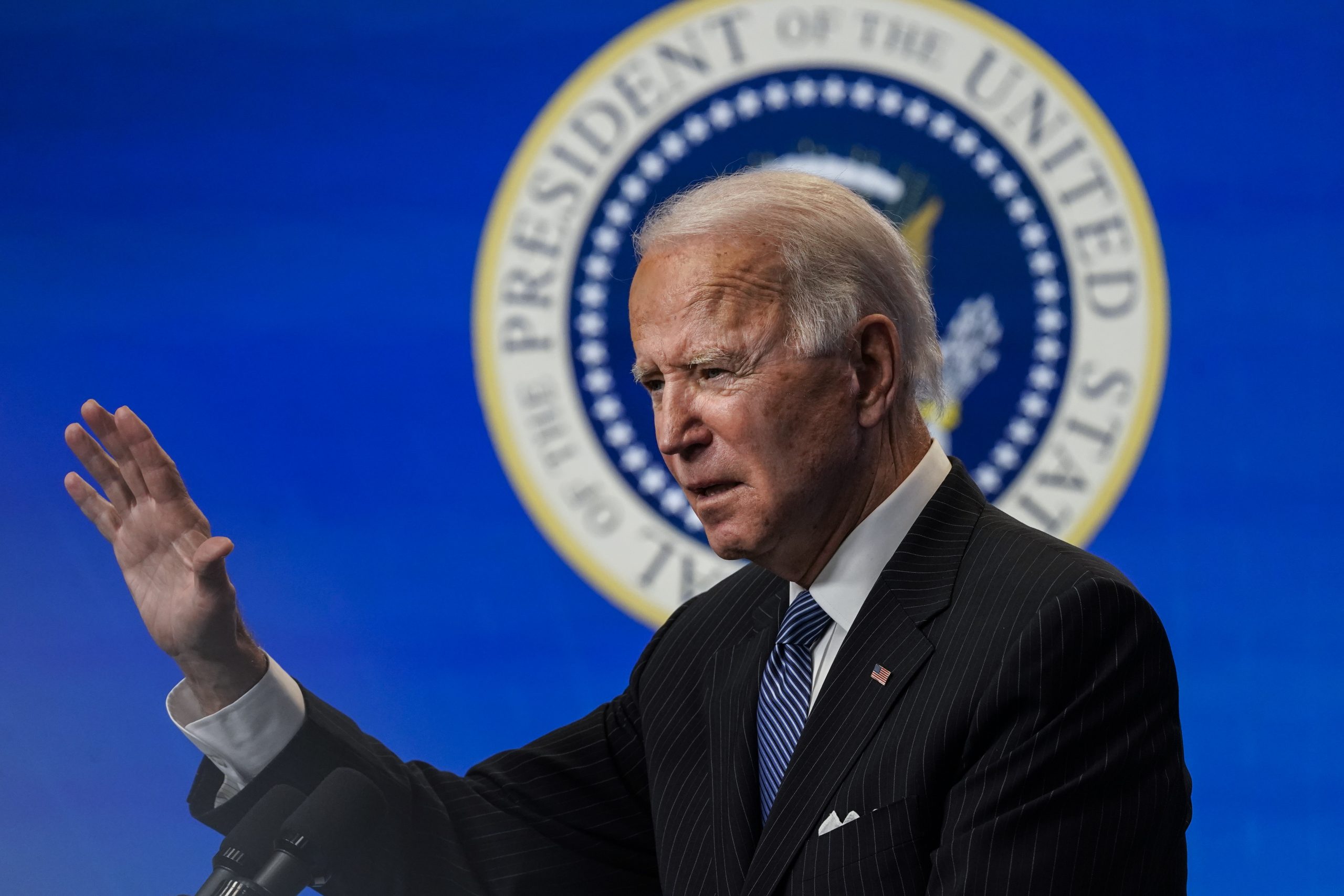The federal government owns more than 600,000 civilian vehicles—trucks, vans, and passenger vehicles—with a large large majority running on gasoline or diesel fuel. On Monday, Joe Biden vowed to change that.
"The federal government owns an enormous fleet of vehicles, which we're gonna to replace with clean electric vehicles made right here in America," Biden said at a press conference to announce a new "Buy American" initiative.
This won't be easy. In 2019, the most recent year for which data is available, the federal government owned fewer than 3,000 battery electric vehicles—less than one half of one percent of the federal vehicle fleet.
Gasoline and diesel-fueled vehicles accounted for 63 percent of the federal fleet that year, while "flex-fuel" vehicles capable of burning an 85 percent ethanol mixture accounted for another 31 percent. Just 4 percent of federal vehicles were hybrids in 2019 and most of these were not plug-in hybrids.
The slow progress hasn't been from lack of trying. Over the last couple of decades, Congress has passed several laws mandating the federal government to shift toward more energy efficient and lower-emission vehicles. Under Barack Obama, the federal government did make some progress. For example, the number of hybrid vehicles rose from 1,766 in 2008 to 25,059 in 2017. The number of ethanol-capable vehicles rose from 129,000 in 2008 to 201,000 in 2017.
That progress wasn't easy. Federal agencies need a variety of vehicle types, from sedans to large trucks and vans. In some cases, agencies had difficulty finding low-emission vehicles that met their requirements. Some agencies also operated in parts of the country where alternative fuels and charging infrastructure wasn't available.


 Loading comments...
Loading comments...
